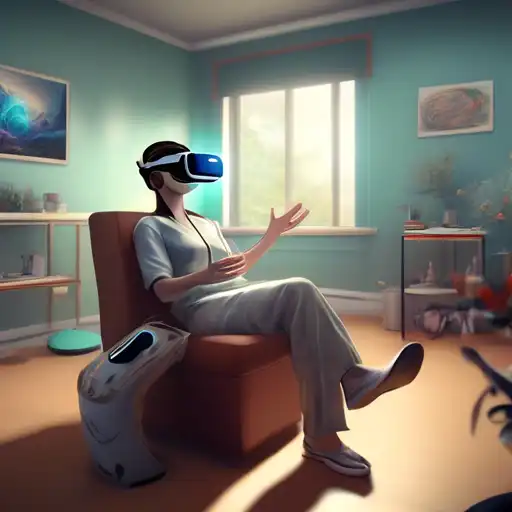The Transformative Power of Virtual Reality in Therapeutic Practices
Virtual Reality (VR) technology has transcended its initial entertainment-centric applications, paving the way for groundbreaking uses in therapy and mental health treatment. This immersive technology offers a safe, controlled environment for patients to confront and work through their issues, making it a valuable tool in the therapeutic landscape.
Understanding VR Therapy
VR therapy, also known as virtual reality exposure therapy (VRET), utilizes VR headsets to simulate real-world environments or scenarios. This allows individuals to face their fears or traumas in a controlled setting, under the guidance of a therapist. The versatility of VR enables its application across a wide range of psychological conditions, including anxiety disorders, PTSD, and phobias.
Benefits of VR in Therapy
The advantages of incorporating VR into therapeutic practices are manifold. Here are some key benefits:
- Enhanced Engagement: VR's immersive nature captures patients' attention more effectively than traditional therapy methods, leading to higher engagement levels.
- Safe Exposure: Patients can confront their fears in a safe, virtual space, reducing the risk of real-world exposure.
- Customizable Scenarios: Therapists can tailor virtual environments to meet the specific needs of each patient, making therapy more personalized.
- Measurable Progress: VR technology allows for the tracking of patient responses and progress over time, providing valuable data for therapists.
Applications of VR Therapy
VR therapy is being used to treat a variety of conditions, demonstrating its versatility and effectiveness. Some notable applications include:
- PTSD Treatment: Veterans and others suffering from PTSD can relive and process traumatic events in a controlled manner.
- Anxiety and Phobias: Individuals with fears such as flying, heights, or public speaking can gradually face these fears in VR.
- Pain Management: VR has been shown to reduce pain perception in patients undergoing painful medical procedures.
- Autism Spectrum Disorders: VR helps individuals with autism develop social skills and navigate real-world scenarios.
Challenges and Considerations
Despite its potential, VR therapy faces several challenges, including high costs, the need for specialized equipment, and limited accessibility for some patients. Additionally, the effectiveness of VR therapy can vary depending on the individual and the condition being treated.
The Future of VR in Therapy
As VR technology continues to evolve, its applications in therapy are expected to expand. Advances in AI and machine learning could further personalize therapy sessions, making them more effective. With ongoing research and development, VR has the potential to revolutionize mental health treatment, offering hope to millions of individuals worldwide.
For more insights into how technology is transforming healthcare, explore our articles on innovations in healthcare and the future of mental health treatment.
